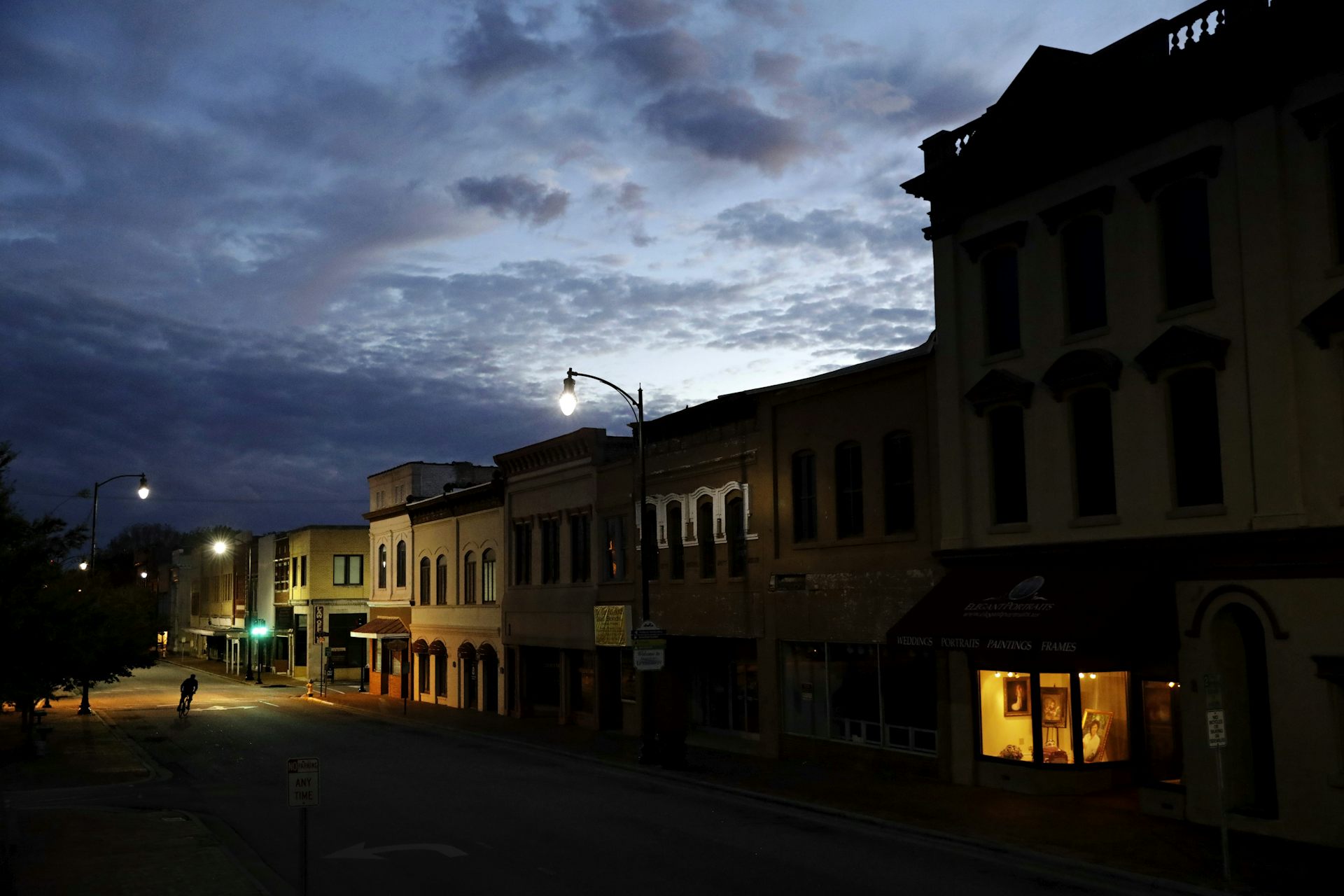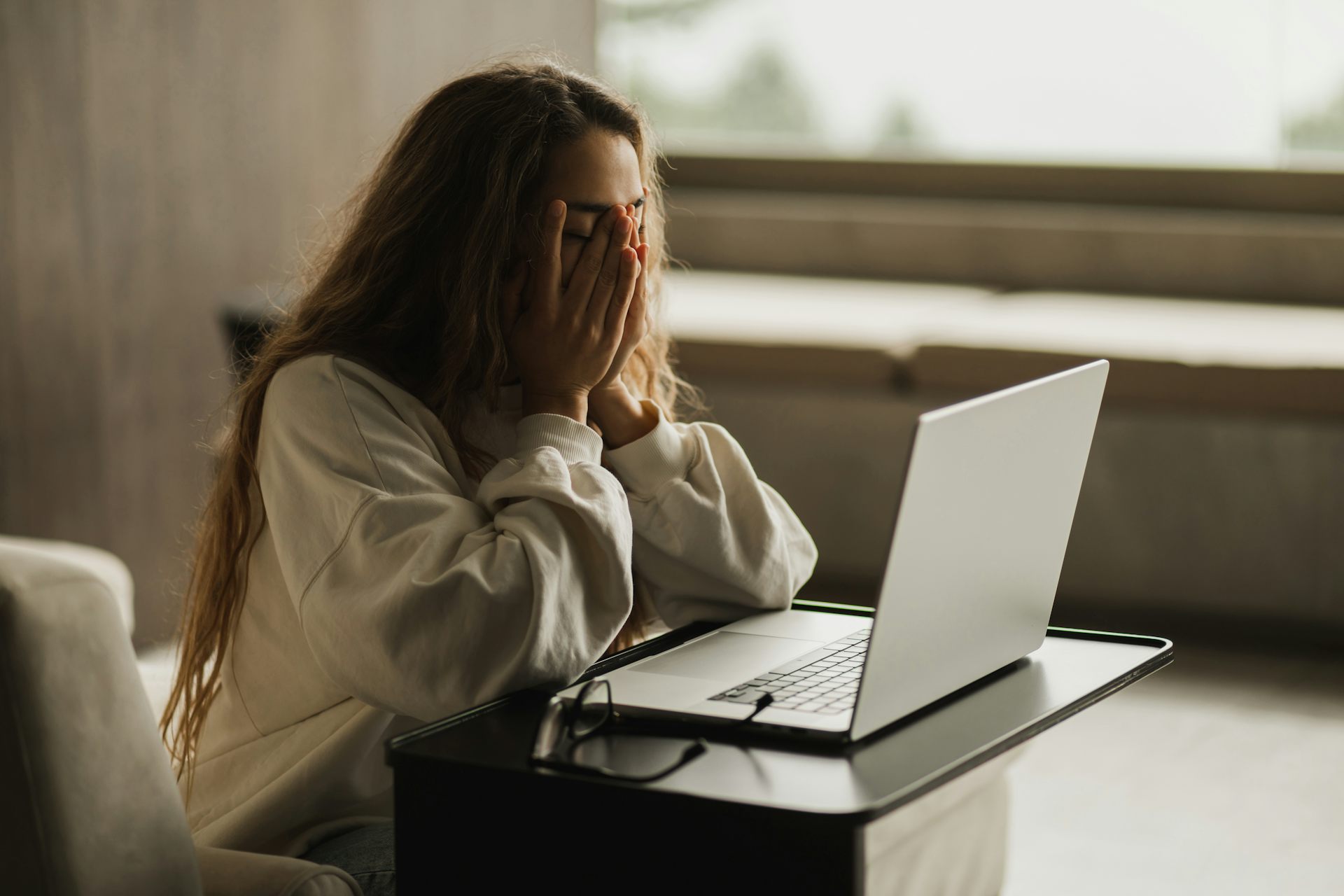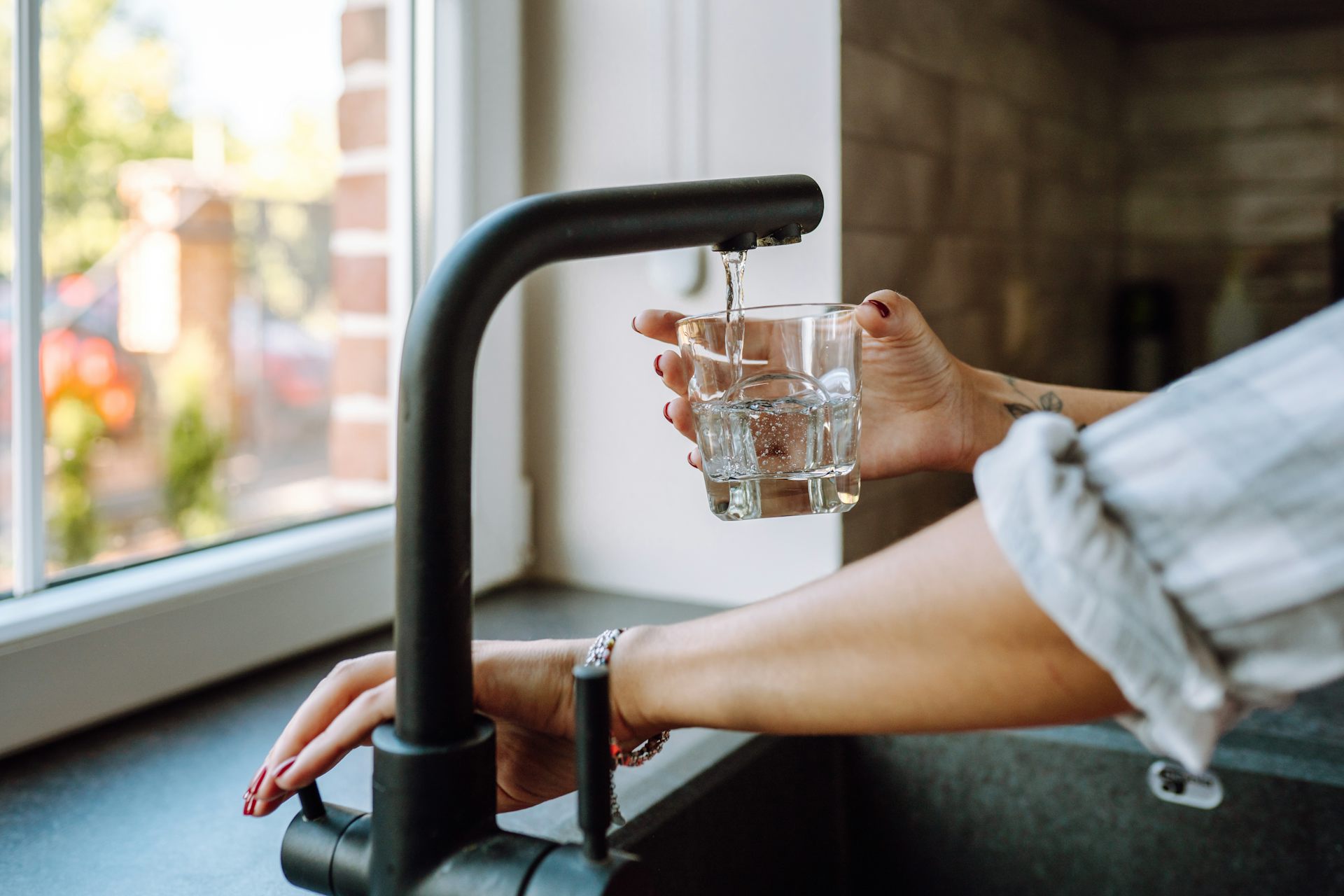For restaurants looking to boost profits, it's often about everything but the food
The color scheme, the music, even the weight of the servers – all can play a role in getting customers to spend money.

Staying one step ahead of the competition in the hypercompetitive restaurant industry requires more than simply tinkering with the menu. Serving tasty food doesn’t do much good if customers don’t stay long enough – or never even walk through the door in the first place.
People in the restaurant business have long understood that design and ambiance matter a great deal, and studies by environmental psychologists and other social scientists confirm that the shrewd manipulation of a restaurant’s physical environment can boost profits.
Consequently, a perpetual arms race of restaurant redesign has become a defining feature of many American restaurant chains.
The scramble has been especially frantic in recent years, with fast food giants KFC, Arby’s, Panera and Subway all revamping their interiors, along with casual dining chains such as Olive Garden and T.G.I.Friday’s.
This attention to detail matters, with studies showing that everything from the color of the lighting to the appearance of the waitstaff can influence the dining behavior of patrons.
Sometimes it is all about the presentation
In 2010, Cassandra Smith, a 20-year-old Hooters waitress who was 5'8" and weighed 132 pounds, was told by her boss that she needed to lose weight if she wanted to keep her job. Smith ended up suing Hooters for weight discrimination and settled out of court.
But a 2013 study suggests that when restaurants discriminate against overweight employees, it may not be just a public relations problem – it could actually undermine the bottom line.
A team of researchers observed approximately 500 people as they ate in 60 different restaurants. They assessed the body mass index (BMI) and body type of every diner and his or her server, keeping track of the number of appetizers, soups, salads, main courses, desserts and beverages each ordered.
When it came to the unhealthiest part of the meal – alcoholic beverages and desserts – customers tended to order significantly more when they had an overweight server.
The authors hypothesized that interacting with an overweight person in a restaurant created what psychologists call a “situational social norm.” In other words, the overweight waiter changed social expectations, more or less giving diners a license to indulge themselves. (The authors admitted, however, that this was purely speculation on their part.)
The weight of the waitstaff is just one of many situational triggers that influence what we order at restaurants.
Props can play a role; for example, nautical decor makes us more likely to order seafood. We’re also inclined to choose drinks that are related to the theme of the bar, whether it’s ordering whiskey in an Irish pub or having a glass of red wine at an Italian restaurant. Another study indicated that bars that play drinking songs get their customers to order more drinks.
Companies consciously adopt color schemes they believe will influence their customers. Green is thought to facilitate the ordering of salads and other healthy foods, while the color of coffee pots can influence perceptions of the strength and aroma of coffee. Specifically, coffee in blue pots can seem too mild, while coffee in brown pots seems too strong. Red appears to be the right “Goldilocks” color where everything seems just right.
It’s even been shown that the color of orange juice can alter how sweet it seems, a glass of wine tastes sweeter under red lighting and whiskey is thought to have a “woodier” taste when it’s sipped in a room with wood décor.
Design by the bottom line
In many cases, a restaurant’s design is closely aligned with its profit model.
Studies have shown that design features that heighten arousal levels – bright lights, loud music and bright colors – get people to eat more food and to eat it faster. Bright lights also decrease the length of patrons’ visits and the amount of alcohol that they consume.
At fast food restaurants – where a quick turnover of customers is a key to success and ordering alcohol often isn’t an option – all of these elements, from bright lights to loud music, are usually a part of the dining experience. And it’s probably no coincidence that Wendy’s, Burger King, McDonald’s, Carl’s Jr. and In N’ Out Burger have all adopted bright red and yellow for their color schemes.
Meanwhile, dimmer lighting brings people closer together, causes them to speak more softly and leads to longer stays. Soft jazz music tends to also keep people in the restaurant longer – which has been shown to lead to higher food ratings (and a larger bill).
In short, fast food and family-friendly places typically don’t want to encourage people to hang around. Bright lighting, seating arrangements that don’t offer a lot of privacy and loud music create an atmosphere that facilitates turnover, clearing the way for new customers.
High-end restaurants, on the other hand – with their plush decor, dimmer lighting and more comfortable furniture – make customers more likely to linger over post-dinner desserts or order one more round.
Frank T. McAndrew does not work for, consult, own shares in or receive funding from any company or organisation that would benefit from this article, and has disclosed no relevant affiliations beyond the academic appointment above.
Read These Next
US oil industry doesn’t see profit in Trump’s ‘pro-petroleum’ moves
Industry leaders have objected to reversals of long-standing policies, and market forces are moving…
6 myths about rural America: How conventional wisdom gets it wrong
Many people understand rural America through stereotypes. Two scholars who study rural communities bust…
Pope Leo XIV’s visits to Turkey and Lebanon were about religious diplomacy
During his visit to Turkey and Lebanon, Pope Leo XIV met several leaders of Christian communities and…






